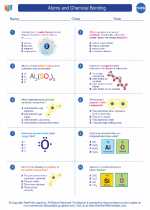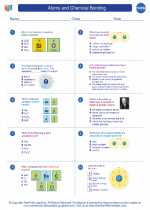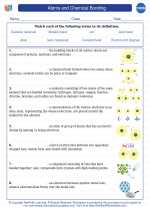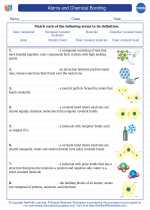Transformer
A transformer is a static electrical device that transfers electrical energy between two or more circuits through electromagnetic induction. It is a crucial component in power distribution systems, allowing for efficient transmission and distribution of electricity.
Principle of Operation
A transformer operates on the principle of electromagnetic induction. When an alternating current (AC) flows through the primary winding of the transformer, it generates a changing magnetic field around the winding. This changing magnetic field induces a voltage in the secondary winding, causing a current to flow in the secondary circuit.
Components
A transformer consists of two main components:
- Primary Winding: The primary winding is the coil of wire through which the input current flows.
- Secondary Winding: The secondary winding is the coil of wire where the output voltage is induced.
Types of Transformers
Transformers can be classified into several types based on their applications:
- Power Transformers: Used in power transmission and distribution systems to step up or step down voltage levels.
- Instrument Transformers: Used for metering and protection in electrical power systems.
- Isolation Transformers: Provide electrical isolation between the primary and secondary circuits.
- Auto Transformers: Have a single winding with a tap that allows for variable output voltage.
Transformer Equations
The relationship between the primary and secondary voltages, currents, and turns can be described by the following equations:
Vp / Vs = Np / Ns = Is / Ip
Where:
- Vp = Primary voltage
- Vs = Secondary voltage
- Np = Number of turns in the primary winding
- Ns = Number of turns in the secondary winding
- Is = Secondary current
- Ip = Primary current
Transformer Efficiency
Transformer efficiency is a measure of how effectively the transformer converts input power to output power. It is given by the ratio of output power to input power, multiplied by 100 to express it as a percentage:
Efficiency (%) = (Output Power / Input Power) * 100
Study Guide
When studying transformers, it's essential to focus on the following key areas:
- Understanding the principle of electromagnetic induction and how it applies to transformer operation.
- Knowing the different types of transformers and their respective applications in electrical systems.
- Mastering the transformer equations and being able to apply them to solve problems involving voltage, current, and turns ratios.
- Grasping the concept of transformer efficiency and how it is calculated.
Additionally, practicing with sample problems and conducting hands-on experiments with transformers can greatly enhance understanding and retention of the material.
Good luck with your studies!
[Transformer] Related Worksheets and Study Guides:
.◂Chemistry Worksheets and Study Guides High School. Atoms and Chemical Bonding

 Worksheet/Answer key
Worksheet/Answer key
 Worksheet/Answer key
Worksheet/Answer key
 Vocabulary/Answer key
Vocabulary/Answer key
 Vocabulary/Answer key
Vocabulary/Answer key
